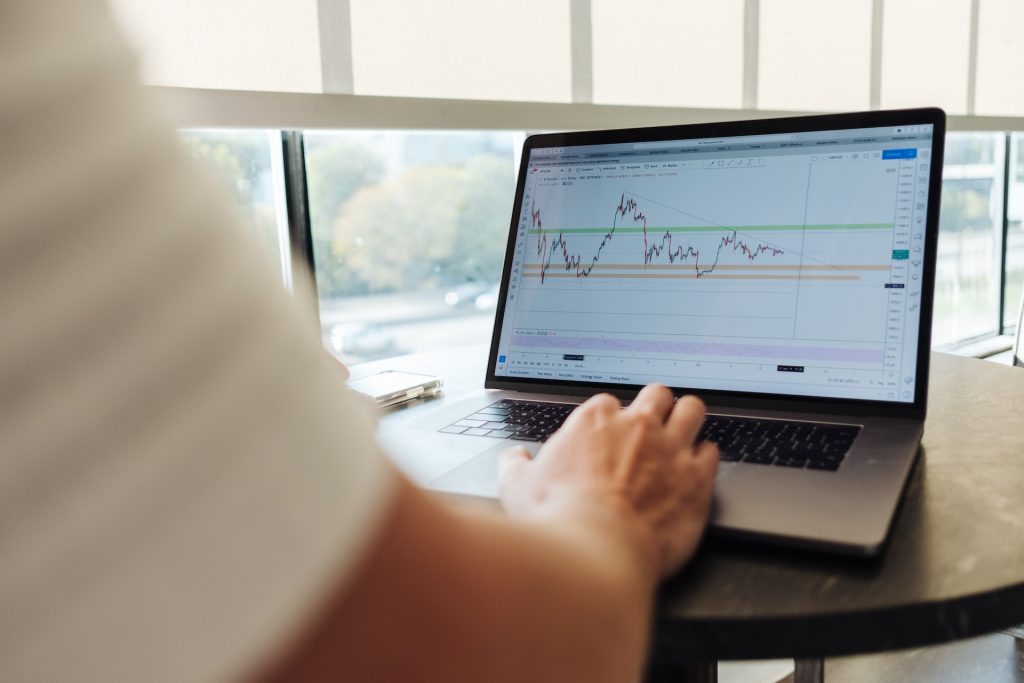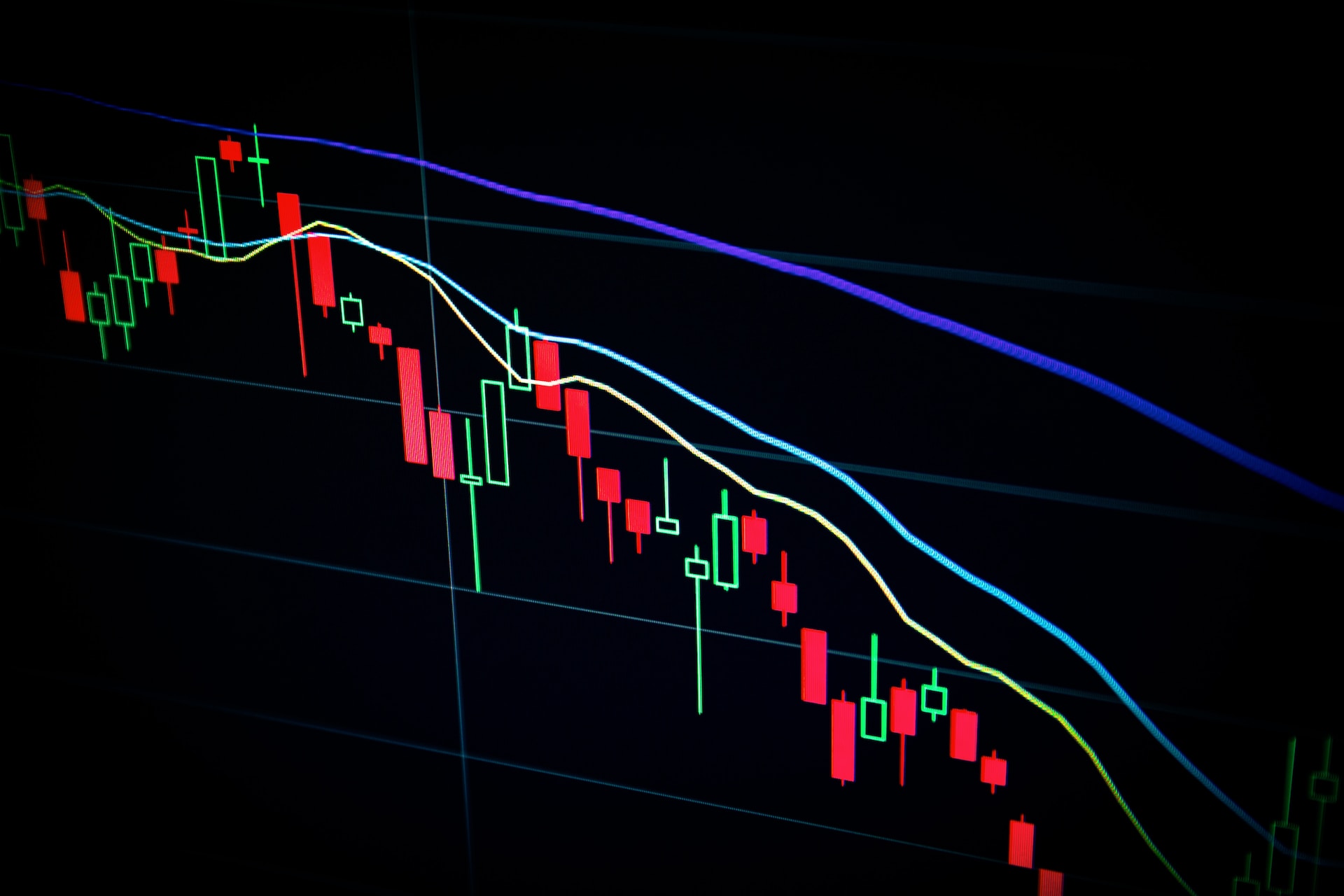In the fast-paced world of finance, finding the right AI trading platform can make a world of difference in your investment journey. These platforms use cutting-edge artificial intelligence algorithms to analyze market data, identify trading opportunities, and execute trades swiftly. With so many options available, how do you choose the best AI trading platform that suits your needs? You can also check https://immediateedgeapp.org/ to get to know more. Let’s discuss a comprehensive guide on what to look for when selecting an AI trading platform.
Tips To Find Top-Rated AI Trading Platform in 2023

1. Understand Your Goals and Risk Tolerance
Before diving into the world of AI trading, it’s essential to have a clear understanding of your investment goals and risk tolerance. Are you looking for short-term gains, or are you in it for the long haul? Your goals will help you determine the type of AI trading platform that aligns with your objectives. Additionally, knowing your risk tolerance will guide you in selecting a platform that manages your risk appropriately.
2. Regulation and Security
Safety should be a top priority when choosing an AI trading platform. Ensure that the platform is regulated by a reputable financial authority. Regulatory oversight provides a level of protection against fraud and malpractice. Moreover, look for platforms that employ robust security measures, such as encryption and two-factor authentication, to safeguard your personal and financial information.
3. User-Friendly Interface
A user-friendly interface is crucial, especially if you’re new to AI trading. The platform should be easy to navigate, with a clear layout and intuitive features. You shouldn’t have to spend hours trying to figure out how to use the platform. Look for platforms that offer demo accounts, allowing you to practice without risking real money.
4. Trading Strategies and Algorithms
Different AI trading platforms may employ various trading strategies and algorithms. Some platforms focus on high-frequency trading, while others use machine learning for predictive analytics. It’s vital to understand the strategy behind the platform and ensure it aligns with your trading goals. Consider platforms that allow customization and flexibility in trading strategies.
5. Historical Performance
Past performance is a good indicator of a platform’s capabilities. Look for platforms that provide transparent access to their historical performance data. Analyzing this data can help you gauge the platform’s effectiveness in different market conditions. Keep in mind that past performance doesn’t guarantee future results, but it can be a valuable reference point.
6. Asset Coverage
Consider the variety of assets the AI trading platform supports. Some platforms specialize in specific markets or asset classes, such as forex, stocks, or cryptocurrencies. Depending on your investment preferences, choose a platform that offers a broad range of assets or specializes in the markets you’re interested in.
7. Fees and Costs
Every AI trading platform has its fee structure. Look for platforms with transparent fee schedules and be sure to understand how fees are calculated. Common fees include trading commissions, spreads, withdrawal fees, and inactivity fees. Compare the cost structure of different platforms to find the one that aligns with your budget.
8. Customer Support
Reliable customer support is essential, especially in the world of finance, where timing can be critical. Choose a platform that offers responsive customer support through various channels, such as live chat, email, or phone. Test their customer support response time and helpfulness before committing to the platform.
9. Educational Resources
Continuous learning is vital in trading. Seek out AI trading platforms that provide educational resources, such as webinars, tutorials, and market analysis. These resources can help you improve your trading skills and make more informed decisions.
10. Community and Social Features
Some AI trading platforms offer social features, such as forums or communities where traders can share insights and strategies. Being part of a trading community can provide valuable information and support. Consider whether such features are important to you when choosing a platform.
11. Mobile Accessibility
In today’s mobile-centric world, the ability to trade on the go is a significant advantage. Ensure that the AI trading platform you choose offers a mobile app or a responsive mobile website. This allows you to monitor and execute trades conveniently from your smartphone or tablet.
12. Trial Period
Before committing to a specific AI trading platform, see if they offer a trial period or a money-back guarantee. This allows you to test the platform’s features and performance without fully committing your capital. It’s a great way to assess whether the platform meets your expectations.
Conclusion
Finding the best AI trading platform requires careful consideration of your goals, risk tolerance, and specific needs. Take the time to research and compare different platforms, and don’t rush into a decision. Remember that successful trading involves not only choosing the right platform but also continuous learning and disciplined execution of your trading strategy. By following these tips, you can increase your chances of finding the ideal AI trading platform for your investment journey.
































































